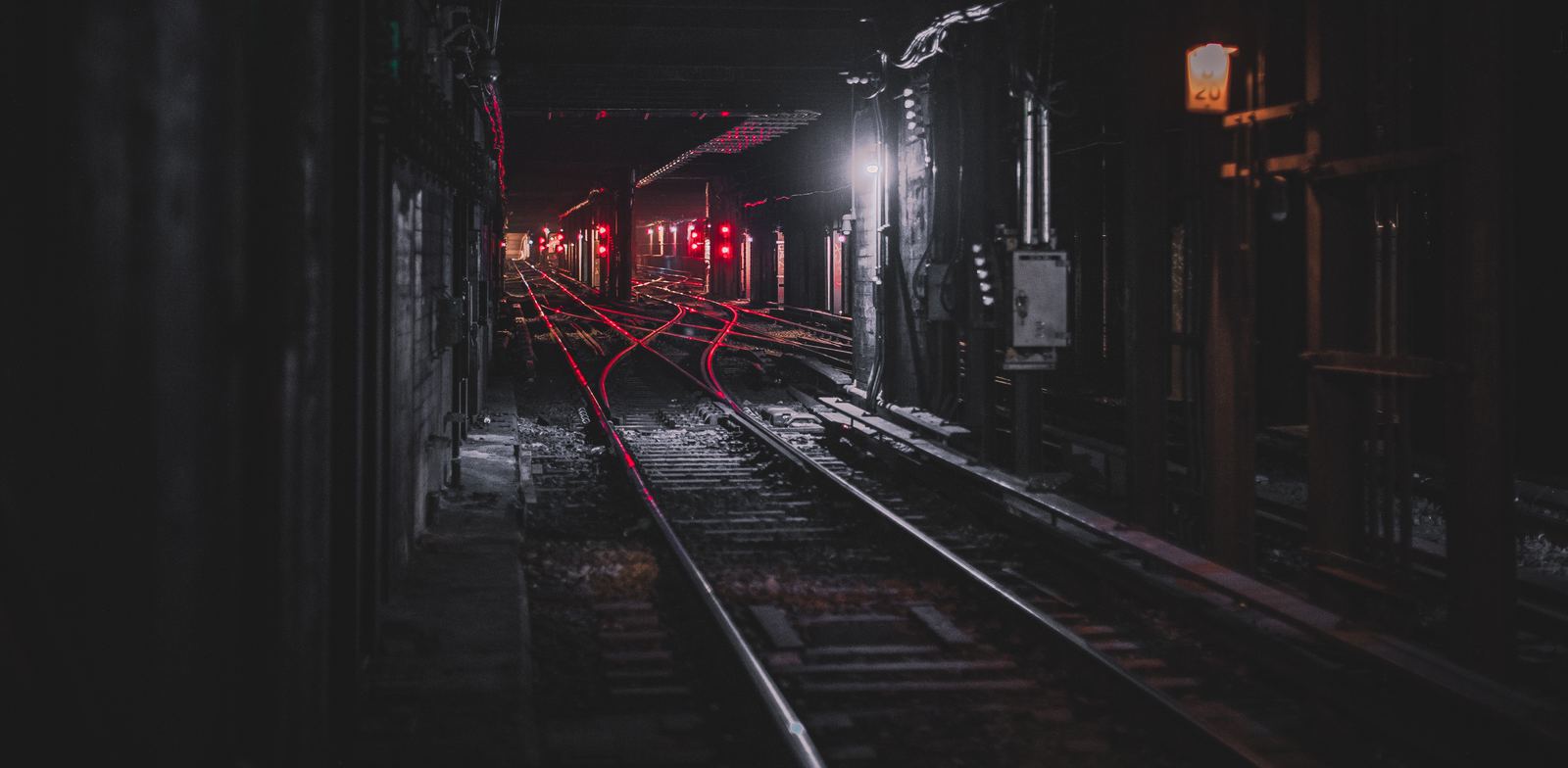
Like Nails on a Chalkboard: Managing Transit Noise in Residential Areas
Living close to public transit has its perks. But the benefits can become a nuisance if the noise from streetcars, light rail vehicles or trains riding the rails starts to impact the neighbourhood.
Transit Noise Can Be Quite the Nuisance
Wheel squeal noise, in particular, can significantly impact a community. Transit noise is going to happen but there are methods to manage the rail sounds. Depending on the conditions, rail noise can sound either like a lower pitched moan; or what’s called flange squeal, a high-pitched squeal akin to nails on a chalkboard. We have seen many situations where residents are up in arms about the noise while transit operators try to figure out how to provide the service without disrupting the peace.
This leaves many to ask: what can be done to control rail squeal noise?

Understanding Rail Squeal Noise
Whenever the metal from the train wheels interacts with the metal from the rails, there is potential for rail squeal. It can affect passenger and freight trains. This means trains, subways that have tracks on the surface or where the subway emerges above ground, light rail transit (LRT) and streetcars are subject to rail squeal issues.
Where the trains operate on straight lines, there may be some squeal noise, but it becomes a larger issue when trains or streetcars have to navigate tight curves. In simple terms, when there are tight turns to be made some of the wheels may slightly skid or drag across the rail, resulting in the squealing noise.
For new build situations where there has to be a sharp curve, it’s critical that the geometry of the track be carefully considered, and above all is appropriately designed and matched for the vehicle and its operating speed. For existing tracks, it is unlikely that a transit operator will be able to physically change the angle of the turn, but there are other things that can impact the noise levels and minimize issues.
Controlling Rail Squeal Noise
1) Speed: Implementing speed control in residential areas can help. The challenge is that the vehicle must operate at the right speed for the right curve. If the vehicle goes too slow, the forces may be unbalanced and end up producing a squeal. On the other hand, if the vehicle goes too fast it can be unbalanced the other way and create a squeal as well. Ensuring that the right track speeds are determined and followed, can minimize squeal issues.
2) Transit Rail Lubrication: Although not always an option, modifying friction on the rails can possibly mitigate some issues. There can be lubrication set up next to the rail and applied at points where noise is anticipated. Or, on board lubricators can kick in at certain points on a vehicle route. For example, a GPS system could indicate when approaching problematic areas so the rails are well lubricated in those areas.
3) Weather Conditions: Unfortunately, no one can control the weather. If we could, conditions could be set to minimize rail squeal. Different temperatures and humidity levels impact rail squeal noise. For example, when it is raining, the water serves as a lubricant which minimizes noise. But after the rain stops, any lubricant on the tracks is washed off resulting in more noise. Adapting other mitigative measures that are not weather dependent may be helpful in controlling some instances of squeal noise.
4) Transit Wheel Upgrades: Installing wheel dampers can be the difference between ringing a bell or stuffing the bell with a pillow before ringing it. It dampens the ring. Similarly, wheel dampers are a special vibration absorbing component that will modify the response so the wheel squeal is mitigated, ideally reducing the volume, character, and duration of the noise. Keep in mind, not all wheel dampers are created equal and the right damper needs to be matched with the right vehicle and circumstances.
5) Monitoring Transit Noise: A critical factor in developing an effective solution to squeal noise is understanding the complexities of the existing problem, including; when, how often and how long, what type of squeal (top of rail or flange), how loud, and under what conditions the squealing mainly occurs. This is why one of the best tools to manage noise issues is a monitoring system – like our robust measurement and monitoring product, Dione.
A box is installed near the area of concern, is powered with a solar panel or a plug and can communicate via a cellular connection. This box can monitor weather and listens via a microphone near the rail. Through advanced signal analysis, it can automatically identify when a rail vehicle squeals, the speed of the vehicle, the weather and the actual sound level and duration of just the squeal noise. This allows transit operators to determine what factors are impacting the noise. The data will also show if the noise is getting worse over time to help verify and respond to resident complaints.
Having this data enables transit operators to self-regulate and to be proactive with maintenance so if the system detects an issue, they can work to resolve it before the issue becomes a major concern for residents. Setting up a permanent monitoring system from the outset is critical for maintaining the track and positive community engagement to show a commitment to regulate the noise impact on residents.
Public transit is a positive for the community, although it will produce some level of noise. When you’re dealing with metal wheels on metal rails, not all noise can be eliminated. However, an open relationship with the community where rail operators are working proactively to self-regulate and minimize noise combined with an understanding of how varying conditions can impact noise, will result in a smoother ride for all.
Feel free to contact us to learn more about how Aercoustics can help with your transit noise measurement and monitoring, or to customize our transit product, Dione, for your needs.
